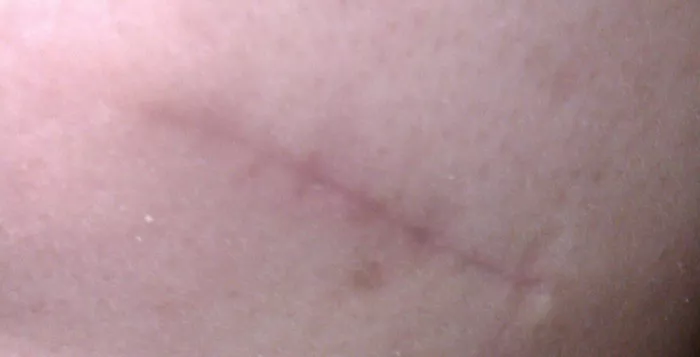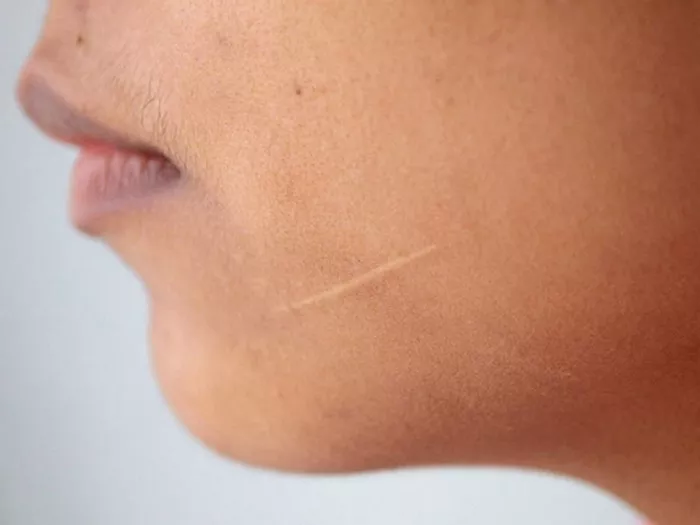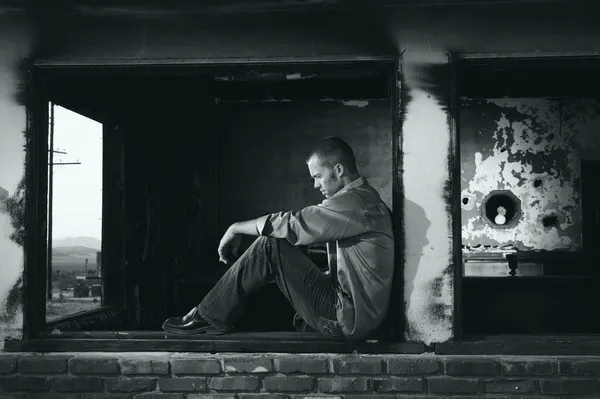Lip scars, whether from injuries, surgical procedures, or other causes, can be a concern for individuals seeking optimal healing and cosmetic outcomes. The duration of lip scar healing is influenced by various factors, including the type and extent of the injury, individual healing characteristics, and the care provided during the recovery process. In this comprehensive exploration, we delve into the intricacies of lip scars, offering insights into the healing timeline, potential challenges, and proactive measures individuals can take to support the recovery of their lip scars.
The Initial Phase
When a lip injury occurs, the immediate response of the body sets the stage for the healing process. Lip wounds may result from cuts, bites, accidents, or surgical procedures. The body’s natural response involves inflammation, clotting, and the initiation of tissue repair mechanisms. The first few days following a lip injury are crucial, and during this time, the focus is on controlling bleeding, preventing infection, and laying the foundation for the subsequent phases of healing.
Understanding Types of Lip Scars
The type of lip scar significantly influences the healing timeline. Lip scars can manifest in various forms, including hypertrophic scars, keloids, or atrophic scars. Hypertrophic scars are raised and may appear red or pink, while keloids extend beyond the original injury site. Atrophic scars, on the other hand, result in a depression or pit in the skin. Each type of lip scar may have a distinct healing trajectory, with hypertrophic and keloid scars potentially taking longer to mature and settle.
The Healing Timeline
In the initial days and weeks following a lip injury, the focus is on managing the immediate effects and promoting a conducive environment for healing. Lip wounds often require meticulous care to prevent complications and support the body’s natural healing processes. Proper wound care, which may involve keeping the wound clean, applying prescribed ointments or dressings, and avoiding activities that may disrupt the healing process, is crucial during this phase. While visible improvements may be limited, these early measures lay the groundwork for subsequent stages of healing.
Stages of Lip Scar Healing
As lip scars progress through the stages of healing, a dynamic process of maturation and remodeling unfolds. Initially, the scar tissue may appear red, raised, or lumpy. Over time, collagen fibers align, and the scar gradually matures. This maturation process can take several months to a year or more, and the appearance of the scar evolves during this time. The scar may gradually become softer, smoother, and less noticeable as the body remodels the collagen structure.
Factors Influencing Lip Scar Healing Time
Several factors contribute to the variability in lip scar healing time. The size and depth of the wound, the individual’s overall health, genetic factors, and the effectiveness of wound care all play roles in determining how quickly a lip scar heals. Additionally, the location of the scar on the lip can impact healing, as areas with more movement may experience different challenges compared to less mobile areas.
Postoperative Lip Scars
For individuals with lip scars resulting from surgical procedures, the healing timeline may follow a different trajectory. Postoperative care, including adherence to post-surgical instructions provided by the healthcare team, is crucial for optimal outcomes. Swelling, bruising, and initial discomfort are common in the days following lip surgery. As the surgical site heals, individuals may experience changes in the appearance and feel of the scar. Close collaboration with the healthcare provider ensures that any concerns or complications are addressed promptly.
Challenges in Lip Scar Healing
While many lip scars heal without significant complications, challenges can arise during the healing process. Infections, excessive scarring, or delayed wound healing may occur, requiring additional interventions. Individuals should promptly report any signs of infection, such as increased redness, swelling, or discharge, to their healthcare providers. Addressing challenges early on can prevent potential complications and support the overall success of lip scar healing.
The Role of Scar Care Products
Various scar care products are available to support the healing environment for lip scars. These may include topical ointments, silicone sheets or gels, and products containing ingredients like vitamin E or onion extract. While the efficacy of these products varies, some individuals find them beneficial in minimizing scar visibility and promoting a smoother appearance. It’s important to use these products as directed by healthcare professionals and to be cautious of potential allergic reactions.
Non-Invasive Treatment Options
For individuals seeking to further improve the appearance of their lip scars, non-invasive treatment options such as laser therapy or certain topical treatments may be considered. Laser therapy can target redness or pigmentation in scars, promoting a more even skin tone. Some topical treatments, such as those containing retinoids or alpha hydroxy acids, may assist in exfoliating the skin and encouraging collagen remodeling. However, these options should be discussed with healthcare professionals to ensure suitability and safety.
Emotional Aspects of Lip Scar Healing
Healing from lip scars extends beyond the physical realm and encompasses emotional aspects. Visible scars may impact individuals’ self-esteem and body image, emphasizing the importance of addressing mental well-being during the healing journey. Seeking support from healthcare professionals, counselors, or support groups can provide valuable resources for coping with the emotional aspects of scar healing.
Post-Healing Maintenance
Even after the initial healing period, individuals may benefit from ongoing scar management strategies. Sun protection is crucial, as exposure to UV rays can cause scars to darken and become more noticeable. Regular moisturization, massaging the scar tissue, and maintaining overall skin health contribute to the long-term appearance of lip scars. Individuals should continue to follow any recommendations provided by their healthcare professionals for optimal scar maintenance.
Consulting Healthcare Professionals
For individuals navigating the healing process of lip scars, consulting with healthcare professionals is essential. Dermatologists, plastic surgeons, or specialists in scar management can offer tailored guidance based on the specific characteristics of the lip scar and individual health considerations. The expertise of healthcare professionals ensures that the chosen approach aligns with the unique needs of the individual, optimizing the potential for positive outcomes in lip scar healing.
Conclusion
In conclusion, the duration of lip scar healing is a multifaceted journey influenced by various factors. From the immediate responses to the early days and weeks of healing to the maturation and remodeling stages, individuals play an active role in nurturing the recovery of their lip scars. Understanding the types of lip scars, the factors influencing healing time, and the available treatment options empowers individuals to make informed decisions about their scar care. The collaboration with healthcare professionals ensures that the healing journey is guided by expertise, leading to optimal outcomes and the cultivation of confidence in the appearance of lip scars.
[inline_related_posts title=”You Might Be Interested In” title_align=”left” style=”list” number=”6″ align=”none” ids=”3325,3290,3260″ by=”categories” orderby=”rand” order=”DESC” hide_thumb=”no” thumb_right=”no” views=”no” date=”yes” grid_columns=”2″ post_type=”” tax=””]
































